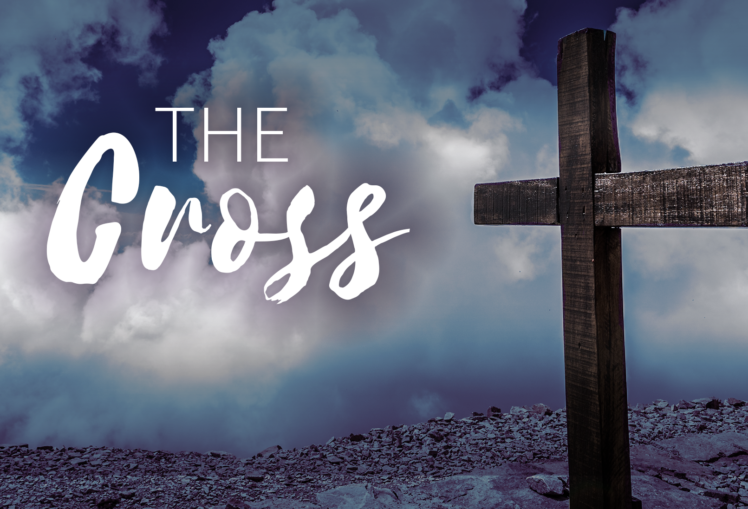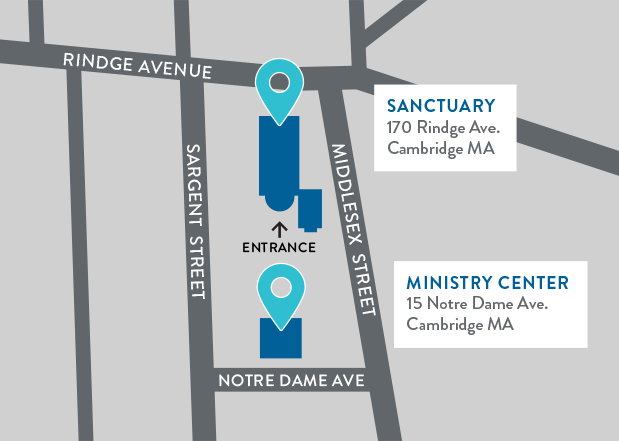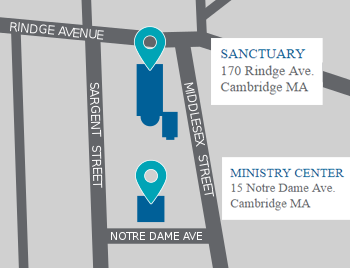Blog

Why Did Jesus Die? (Part II)
February 12, 2020
Some Perspective and Humility:
Last week, we looked at one theory that has been very influential in some of the Christian traditions that shaped a lot of American spirituality and religion. Its technical name is rather unfortunate: penal substitutionary atonement theory. To break it down word by word,
- Penal: this theory posits that our many barrier to God is our rebellion and evil that angers a just God, who requires punishment.
- Substitutionary: God punishes God’s child/God’s own self, Jesus, by killing him/letting him be killed by humans.
- Atonement: And that punishment satisfies God’s anger and justice, so that God can forgive those that put their trust in this process for their eternal salvation, enabling people to at peace with, one with, God again.
Last week, I shared the experience of many parents realizing they could never teach this theory to their children. It has concepts of justice and punishment that many of us have come to understand as toxic. (Why is punishment central to justice? How does any punishment – especially murder – heal harm or injustice?) We also noted more fundamentally that this picture of God seems both arbitrary and mean, not one that many of us wanted to share with our children or with anyone else.
And that left us wondering: why did Jesus die? Are there other explanations? How do we interact with such a central part of the story of the life of Jesus and what seems to be an important part of a Jesus-centered faith?
Well, I have got some great news for us here, even if this week, it might seem a bit overwhelming. As it tuns out, there are dozens of metaphors and images that the Bible uses to engage us in reflection on the meaning of Jesus’ death. And over the past twenty centuries, churches and theologians have engaged with and proclaimed several different ideas (called “theories of atonement”) over the centuries.
For instance, the psychologist Richard Beck has this beautiful little book called Unclean: Meditations on Purity, Hospitality, and Morality. In it, he identifies twenty-two different metaphors the New Testament uses to discuss sin, grace, and salvation. That’s right: twenty-two! And even that list isn’t exhaustive. One of these metaphors is legal: sin is crime that calls for forgiveness and punishment. But there are twenty-one others. There’s the military metaphor. Sin is war, and we need Jesus to bring peace. Or the metaphor of slavery. Sin is slavery, and we need Jesus’ help for liberation. Or the metaphor of our biological cycles. A state of sin is to be asleep, and God’s grace awakens us. Or one more: the familial metaphor.
I love this range of metaphor. It gives me so many options to think about what’s wrong with the human condition and how Jesus can be at the center of making it right. It also reminds me that when we get super-focused on a single metaphor, a single way of understanding the center of our faith, than we’re missing the point. It would be like watching one minute of the Oscars and thinking you knew what the point of it all was. It would be like analyzing a pine cone and thinking you understood the ecology of its forest. It would be like reading this one sentence, and thinking that you understood what this whole blog was about. Lots more metaphors here – I hope you see my point.
The legal metaphor that tries to get at one aspect of God’s work on our behalf in Christ is too small and too limited to carry the meaning of something as large as the significance of the life and death of Jesus, and the saving work of God on our behalf.
This metaphor also hasn’t always been the dominant view of Christians in the past, and still in many circles isn’t today. In the early centuries of the church, there was a take on Jesus’ death called the ransom theory. It used economic metaphors familiar from ancient economies around slavery and land rights. In this theory, humans are trapped in this cycle of unhealthy, wayward living and death. And on the cross, Jesus’ death is like a ransom payment from God that frees us from our debt and captivity. It’s not clear who God is paying off. The devil? Death personified? Super-weird, I know, but for many thousands of believers for many centuries, it was compelling.
Different times and places, different cultures seem to call for different ways of understanding life’s central questions. And as it turns out, the story of Jesus has been durable and powerful enough to keep speaking effectively to us in different ways.
Over the next four blogs in this series, I’m going to briefly explain four different ways of understanding the meaning of the death of Jesus. Each of the four has some scholarship and history behind it, some decades and others many centuries. I find each compelling to me and others in my time and culture. Each has biblical roots. Each is simple and sensible enough to be explained to a young child. And each of the four is complex and deep enough to seem worthy of a beautiful and eternal God.
They’re not the only four ways forward, but they’re ones I want us to keep talking about.
Meanwhile, if nothing else, I hope that people who see things differently can have the grace to hold their own ideas with humility. So many religious people weaponize and throw around words like “orthodox” and “biblical” to indicate that their tradition, and their point of view is the only faithful or viable or worthy one. Which from a historical or philosophical or just common sense perspective is just rubbish.
Let’s listen more, persuade less, and see if our faith and theology can bear more fruit of mercy, justice, and humble and loving walk with God and our fellow humans, shall we?

